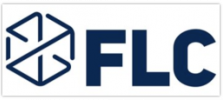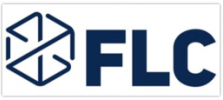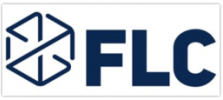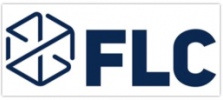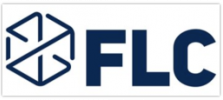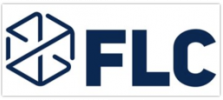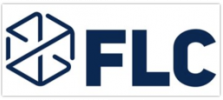Development of Sodium Nitrite as a Repurposed Pharmaceutical Agent
“Intellectual property (IP) development and the licensing of IP is an essential component of innovation in our knowledge-based economy. Each year, major IP deals between companies help drive innovation and ensure that new products continue to reach businesses and consumers.” The National Institutes of Health (NIH) is pleased to announce that it has received the “Deals of Distinction Award™” along with Hope Pharmaceuticals and Aires Pharmaceuticals from the Licensing Executive Society (LES).


